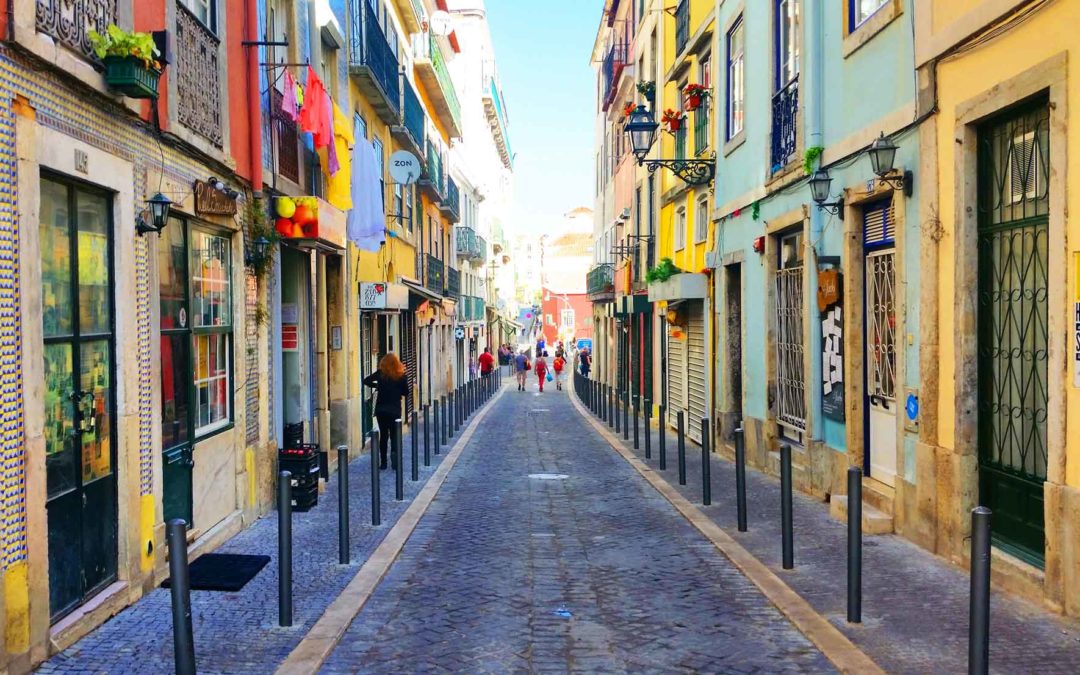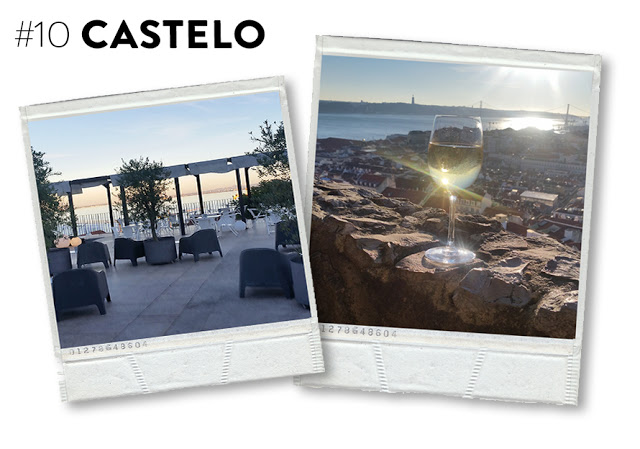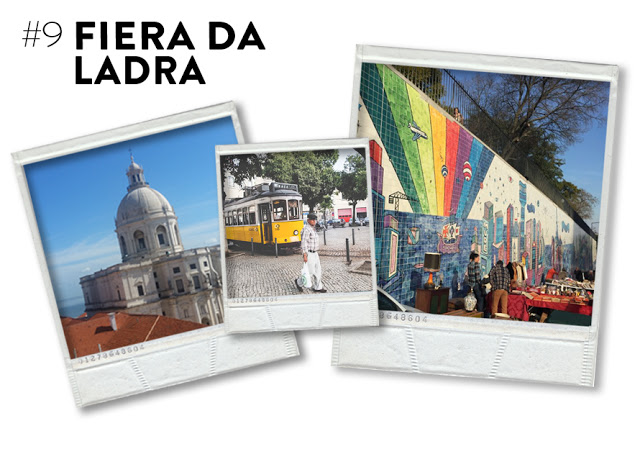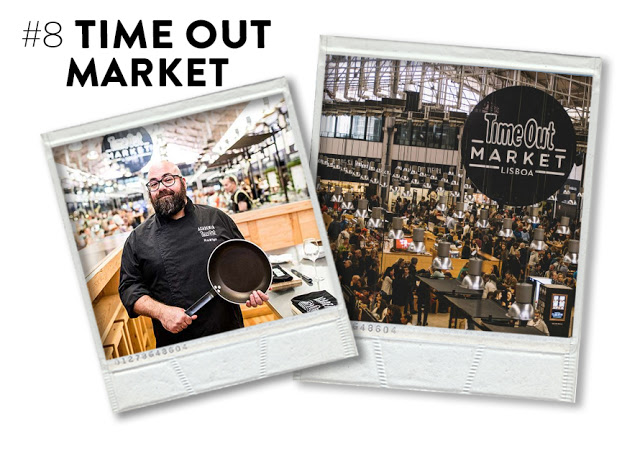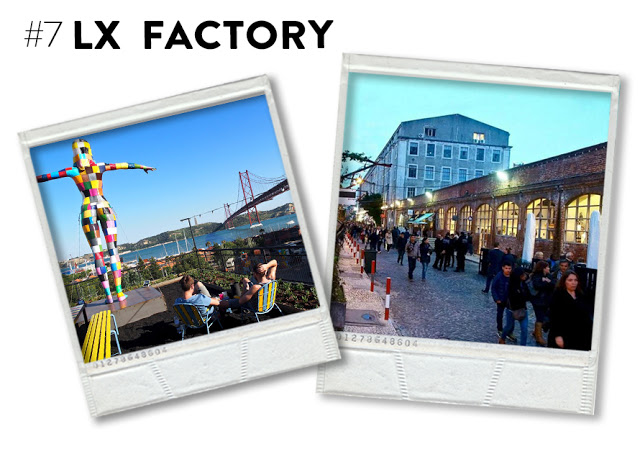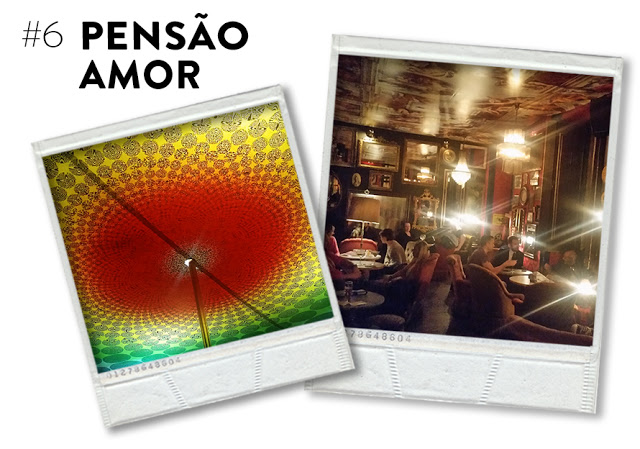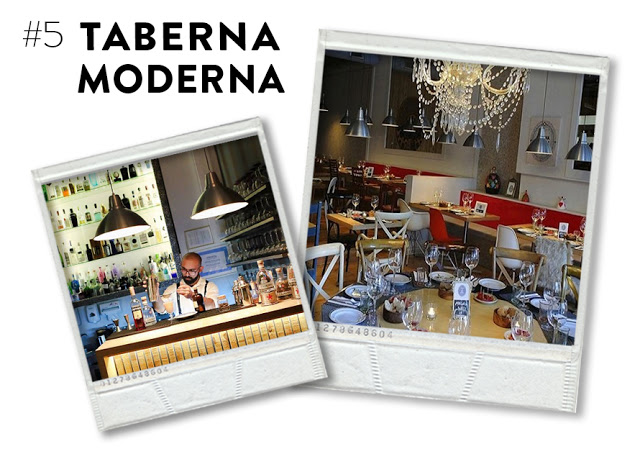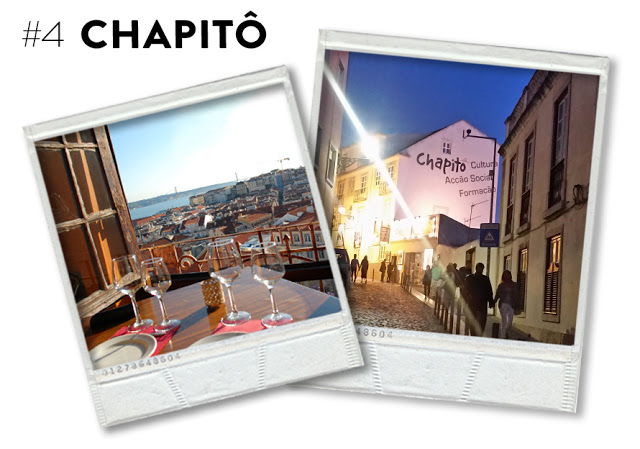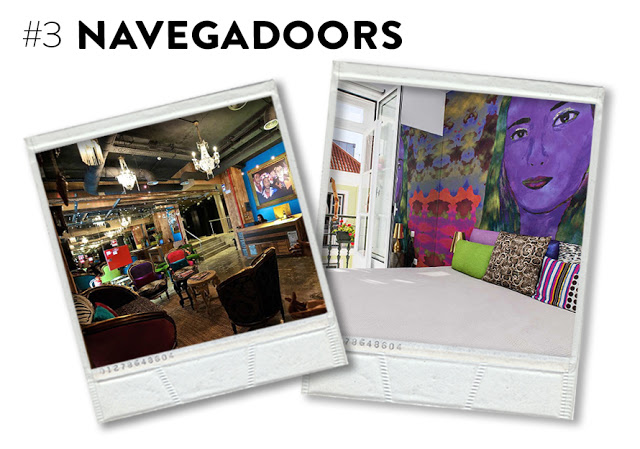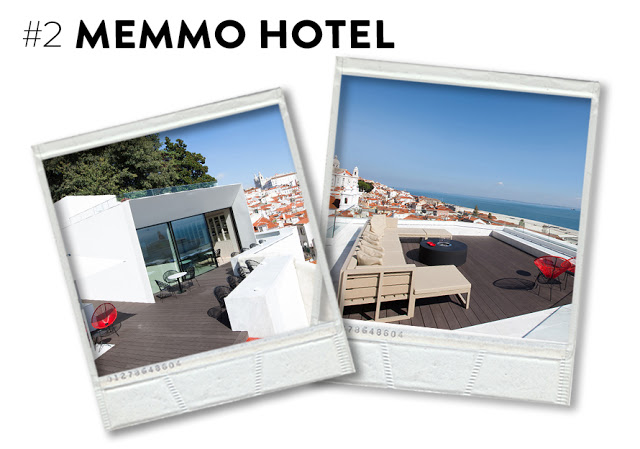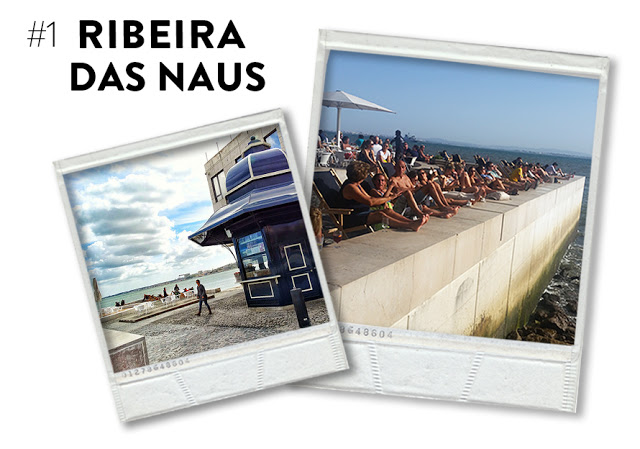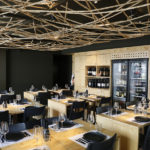Lisbon is one of the oldest cities in the world, with portions of the city dating back to the Iron Age 8,000 BC. In fact, Lisbon is considered to be older than Rome, London and Paris. Lisbon was first settled by the Phoenecians who came circa 600-800 BC, naming it Ulissipo (Greek for enchanting port) after Ulysses, where apparently this Greek demi-God would come to rest between battles.
It was the Moors who established Lisbon as the city that we know and love today. Arriving in 711 AD, they built a small town enclosed by a wall, Alfama, Arabic for natural springs and on which the city was built. Known for its winding streets, small squares, and narrow houses, Alfama still maintains many of its original buildings and structures despite the devastating earth quake of 1755. It’s thanks to the bedrock of natural springs on which this district was built.
Over the centuries, Lisbon has been invaded and occupied by a myriad of empires including the Carthaginians, Romans, Suebi, Visigoths, France and Spain — all of which have contributed to this city’s multi-faceted architecture, culture, and zeitgeist.
Lisbon is not a large city. The downtown core has approximately 500,000+ inhabitants and you can pretty much walk across it in 1.5 hours (without stopping for a glass of wine, or two). To visit the main things of the city, as well as indulge in our Top Ten Things, you don’t need more than three to four days. But if you want to make day trips to nearby Belem, Sintra, Cascais and Odivelas, then it’s best to invest a full week of your vacation to Lisboa.
Here are the Top Ten Things you need to do when you are in Lisbon.
The stoic Moorish Castelo São Jorge is located on the top of one of the 7 hills in Lisbon. The story goes that the main part of the castle was erected around 48 BC when it became a Roman city. The reason why it’s the first place to visit is that, not only is it the oldest part of the city, but it also gives you undisturbed panoramas of the entire city as you can sip wine while sitting on the old wall that has been standing since the Iron Age. Walk through the ruins of what must have been a modern habitat, and then walk along the medieval fortress walls and see the entire city as they did so many centuries ago.
Around the Castelo itself is a tiny mini-village consisting of about 3 streets that somewhat intersect one another. Make a point of walking through, it shouldn’t take more than a few minutes. Then walk down one of only 2 exit streets and see the true Roman ruins of homes past which are now so graffiti-covered and derelict, you can barely make out the original foundation walls. Then once you reach the end of either those streets, you will arrive at the breath-taking Portas Do Sol (entry to the Sun) terrace. Another glass of wine would be in order here, too.
Initially when you enter Pensão Amor fromm the high street of Rua do Alecrim, you immediately think that this is a throw-back to 20th century Paris: red velvet sofas, chandeliers, a cornucopia of small framed paintings and photographs, blue velvet curtains, mis-matched Bohemian furniture, and servers wearing All-Black with a crazy hat. But when you look out of the windows of this ‘highest of streets’ you will notice that, Dang, you are in the heart of the Red Light District (except that in Lisbon, they paint the streets in a girly pink). Oh, and yes that is a photo of a stripper pole. It does get used. A lot.
The idea behind Taberna Moderna is all about sharing — both dishes, and a fusion of Portuguese and Spanish cuisine. Each dish is designed to be shared between 2 people and with about 30 dishes on the menu, it’s really hard to choose. Set in a traditional ‘Lisbon’ old tavern, the restaurant is modern and cheerful with a hand-selection of mismatched chairs, tables, banquettes and lighting. You can also select from a vast array of more than 80 herb-infused varieties of gin.
For a night cap, head down the street to Tábuas Porto Wine Tavern for a glass of Porto and settle into their cozy space of barrels, corks, and rows upon rows of bottles on the walls, floor and ceiling.
Chapitô is non-profit and non-governmental organization for development, promoting professional training in the performing arts, including their well-known Circus school. Located just below the walls of the São Jorge Castelo, Chapitô is like a mini-village of terraces and restaurants each offering different vantage points of the stunning view of the Tagus river.
If you’re looking for an artsy multi-purpose hotel alla Toronto’s Drake Hotel, or New York’s Ace Hotel, or Paris’ Mama Shelter, then Lisbon Short Stay with its quirky resto-bar Navegadoors is the answer to this quest. This hotel-espaço recently cropped up in the true center of Lisbon — on Rua Augusta — which is the central vein of the city leading down through the Arco da Rua Augusta auntil reaching the Tagus river’s original entry-way to Lisbon, the Terreiro do Paço. The menu serves both Portugues fare and some American comfort food, including something close to my beloved Poutine. On weekends, you can enjoy live Brazilian music and some spontaneous dancing.
A modern oasis in the heart of Lisbon, the Memmo Alfama is a boutique hotel located up on the hill near the São Jorge Castle overlooking the River Tagus. When hotelier Rodrigo Machaz decided to resurrect this 19th century building – surfboard tucked under his arm – he wanted to maintain the original facades of the architecture, spectacular sea views and abundance of light while infusing clean, modern design. The result? Machaz has curated an exceptional blend of local cuisine, design, history, and culture for his guests, from tips on where to hear Fado to the selection of fine Portuguese wines on the hotel’s rooftop bar.
The district of Santos is centrally located and has a lot of up-and-coming hipster shops and cafes such as Heim Cafe, Pharmacia Restaurant, and Ceramica Constancia on the square of Santo Domingo. But the Quiosque Ribeira Das Naus is a very special place. One of many quiosques scattered around the city, the Ribeira das Naus borders right on the Tagus where you can chill on a deck chair and sip on sangria while the sun sets behind the 25 de Abril suspension bridge. A DJ will usually appear later in the afternoon, inspiring some local characters to get down and boogy.
For my full list of Lisbon favorites please check out this link.
XOXO

